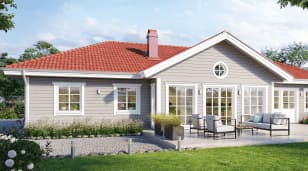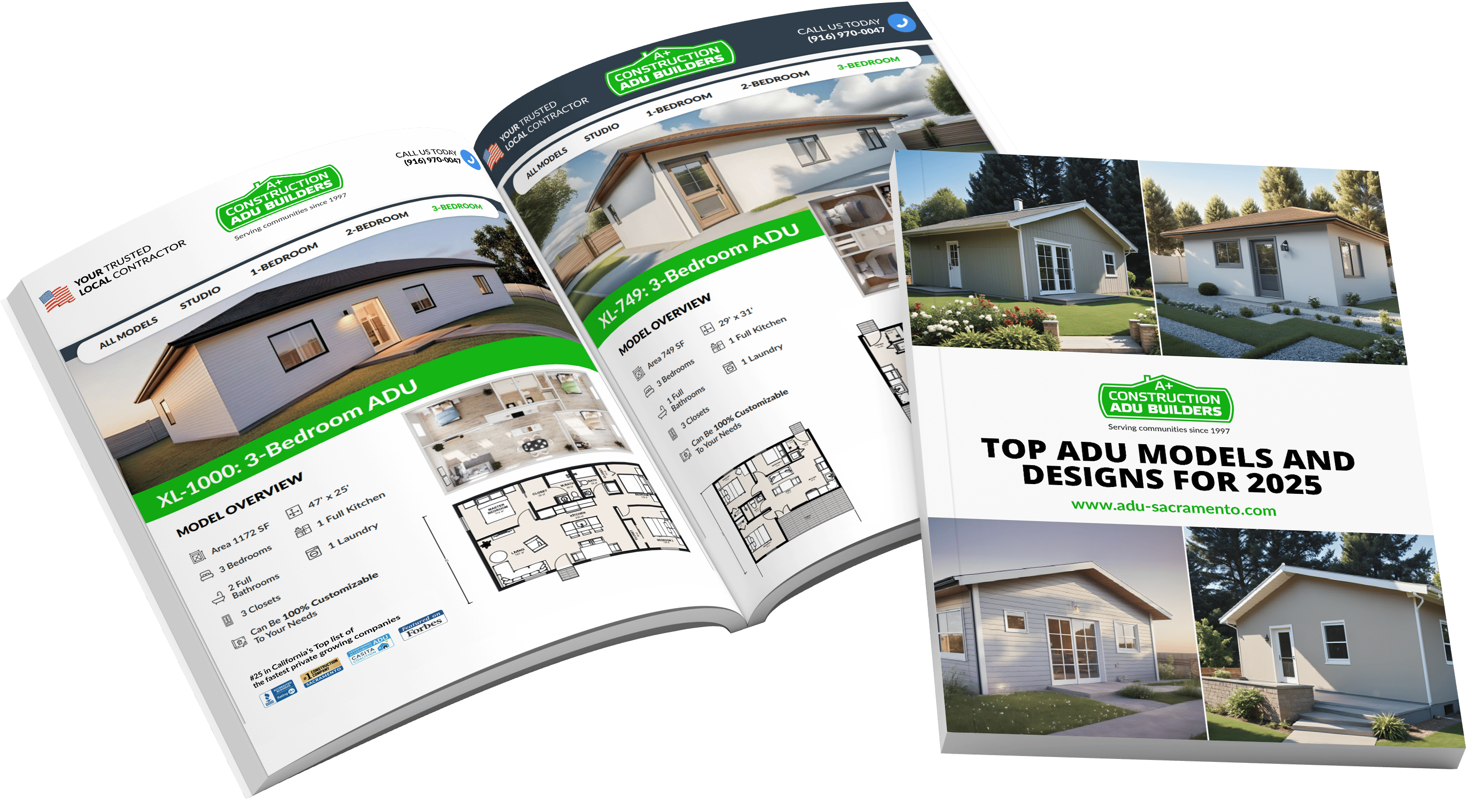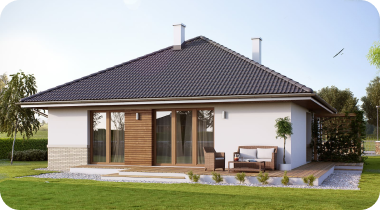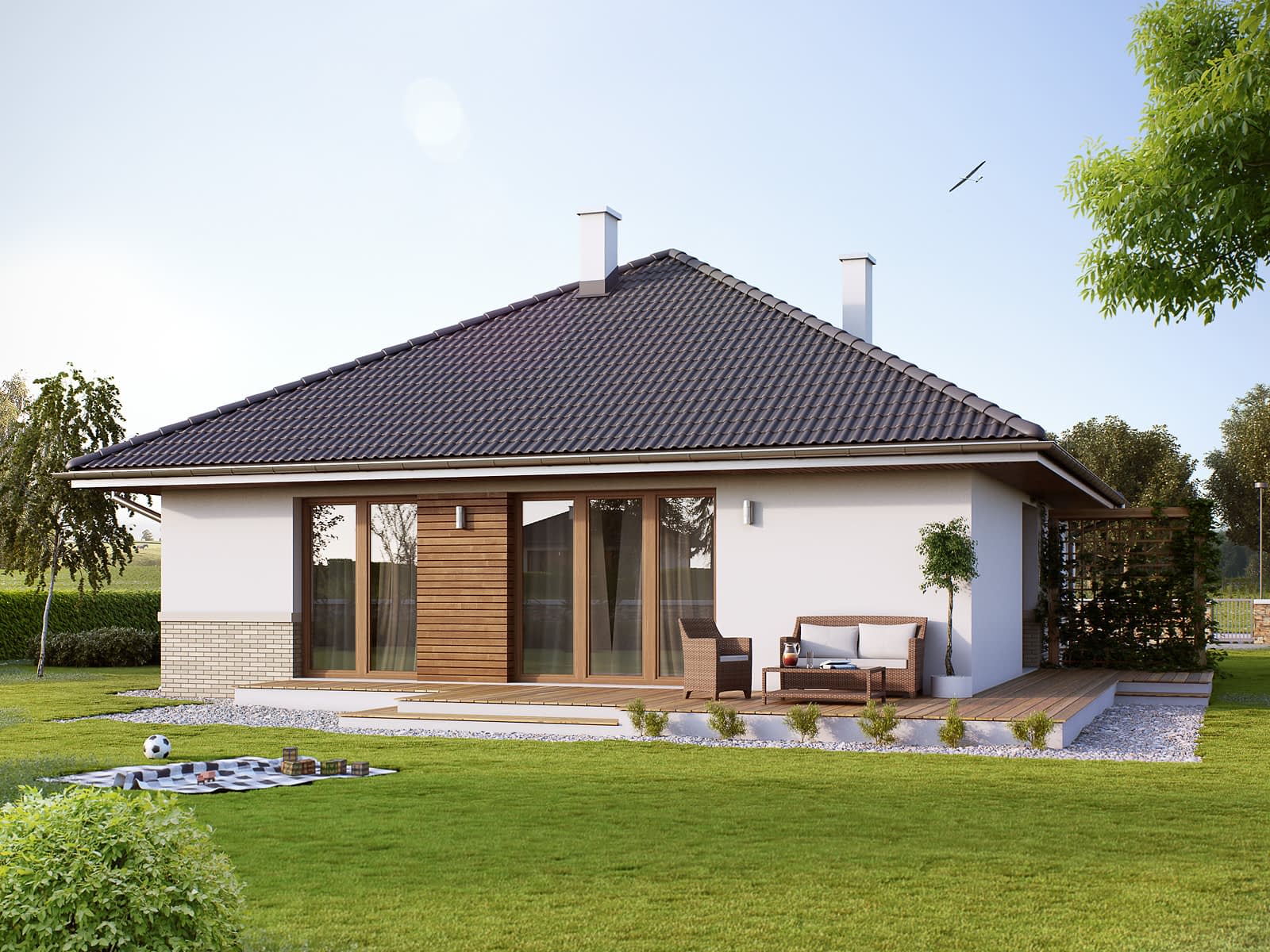





A link to download your FREE brochure will be in your inbox in 3 minutes



















The final price may vary based on project specifics.
To get a free accurate quote tailored to your needs, book a consultation with us today!

The price per square foot provided is an average and may vary depending on project-specific details such as materials, location, complexity, and other factors. Actual costs may differ from the average provided.
It is recommended to obtain a detailed quote based on the specific requirements of your project.

Please note that the monthly payment displayed on this page is an estimate and is subject to variation based on the selected loan product, applicants credit score, loan amount, and other financial details. Actual monthly payment may differ from the estimate provided.
It is recommended to seek advice from a financial advisor or loan officer to obtain precise payment information tailored to individual circumstances.
 Your Trusted
Local Contractor
Your Trusted
Local Contractor

Tiny homes have stormed the world of real estate, offering a minimalist and sustainable living alternative. Yet, for their size, they carry a surprising price tag. Let's unravel the mystery of why a small house can be so costly.
Even if you have all the money in the world, it may be hard to find a proper house in the oversaturated market. However, the tiny house today offers a great opportunity to get just enough square feet for most people to live comfortably and get the storage unit of average size and not be dissatisfied with mortgage costs or being located off-grid.
But don't let the number of square feet fool you into the lower cost, but on the contrary, the smaller structures increase the median price, and you may need more money for a tiny house than for a traditional home.
Tiny homes aren't just about downsizing; they're a reflection of a shift in the housing market, with the tiny house movement moving towards sustainability and a minimalist lifestyle. Who needs two bedrooms in the regular home if they can get a tiny house in the Bay Area for the same money? This change isn't just about living in a smaller structure; it's about experiencing tiny living to its fullest.
At face value, tiny houses offer a cheaper option. The average tiny house has a smaller square foot area than traditional houses, potentially translating to lower building and housing costs. But does this always mean you'll save money?
The lower initial cost of a tiny space may seem appealing, but purchasing land, understanding local zoning laws, and navigating the building process can add unforeseen expenses. Tiny houses might require specialized building materials or innovative storage space solutions to maximize functionality. Furthermore, while you might save money on mortgage costs, other expenses, such as tiny home insurance, can impact your financial freedom.
Embracing the tiny house lifestyle means making the most of your living space. This often requires innovative solutions, like maximizing storage room or optimizing for energy efficiency. For instance, while a mobile home might seem like a cost-effective solution, ensuring its energy-efficient or integrating a septic system might drive up the price.
Customized solutions are a hallmark of the tiny home living experience. Tailored storage units or specific amenities designed for the limited space of a pre-made tiny home can push costs higher.
Move with Ease: Many tiny houses are built on wheels, allowing owners to change their living location with relative ease, embracing a nomadic lifestyle if they choose.
Adaptable Spaces: The compact design encourages creativity in space utilization, meaning the same room can serve multiple functions with simple adjustments.
With the rising costs of traditional homeownership, more people are looking towards tiny homes as a solution. This surge in demand within a niche market has led to increased tiny house cost, especially as builders push for innovation. Zoning laws can also impact the overall cost, especially if you're looking to place your tiny house on a solid foundation rather than wheels.
While the practical benefits of tiny homes are evident, their appeal extends beyond mere accommodation. Building and living in a tiny home is a statement—a conscious choice to prioritize experience over possession of a huge number of square feet, community over isolation, and sustainability over excess.
The tiny house movement encourages mindfulness, deepens connections, and challenges the conventional norms of success and happiness. It's a reminder that sometimes, the best things in life come in small packages.

It's crucial to consider if a tiny house will appreciate like traditional homes. Some tiny houses, especially those built on wheels, might see a depreciation similar to mobile homes or RVs. On the other hand, a well-constructed tiny house using top-notch building materials can see its value rise, offering owners a good return on their investment.
Why are tiny houses so expensive? It boils down to a focus on quality. Every square foot is meticulously planned, using high-quality materials and craftsmanship. Builders often prioritize durability and functionality with minimum square footage, ensuring that owners get the most out of their living small experience. All this makes tiny houses so expensive, with the median cost above average.
Why does downsizing space sometimes mean upsizing costs?
At the crossroads of minimalism and luxury, tiny homes have carved a niche.
While initial costs can be high, is it a worthy long-term investment?
Choosing green often means shelling out more green.
Let’s consider the basics:
While the allure of tiny houses is undeniable, their cost can be deceiving. Navigating the housing market, understanding zoning ordinances, and investing in top-tier building materials and craftsmanship can drive up the price. Still, for many, the cost of a tiny home is justified by the sustainable, minimalist lifestyle it offers.
Making an informed decision means understanding the hidden costs and the tangible and intangible benefits of tiny house ownership.
The allure of tiny houses extends beyond their compact footprint; they epitomize a shift towards sustainable, minimalist living. However, their price tag can sometimes defy their size, and it's essential to understand why. Tiny homes demand meticulous craftsmanship and customization, ensuring every inch serves a purpose. Often, this level of detail and innovation warrants premium materials and specialized labor, driving up costs. Moreover, the choice to go green—integrating sustainable materials and renewable energy systems—can also inflate the initial investment. But it's vital to view these homes not just as expenses but as long-term investments.
Over time, the benefits of reduced carbon footprints, energy savings, and a simplified lifestyle can counterbalance the upfront costs. For those considering the tiny home journey, understanding these cost dynamics is pivotal. It's not just about buying a house; it's about investing in a lifestyle, one that values quality over quantity, sustainability over extravagance, and intention over excess.
Customization in tiny houses often requires bespoke solutions due to space constraints, demanding specialized craftsmanship and materials, driving up the cost.
It varies. For example, well-built tiny houses using quality materials can be appreciated like a traditional home. However, those built on wheels might depreciate, similar to RVs.
Yes, DIY tiny houses can cut labor costs. However, ensure you have the necessary skills and knowledge of building codes, or you might face costly mistakes.
These laws can restrict where you can place your tiny house. Land in areas with tiny-home-friendly laws can be more expensive due to higher popularity.
Get a First Look at Real ADU Projects